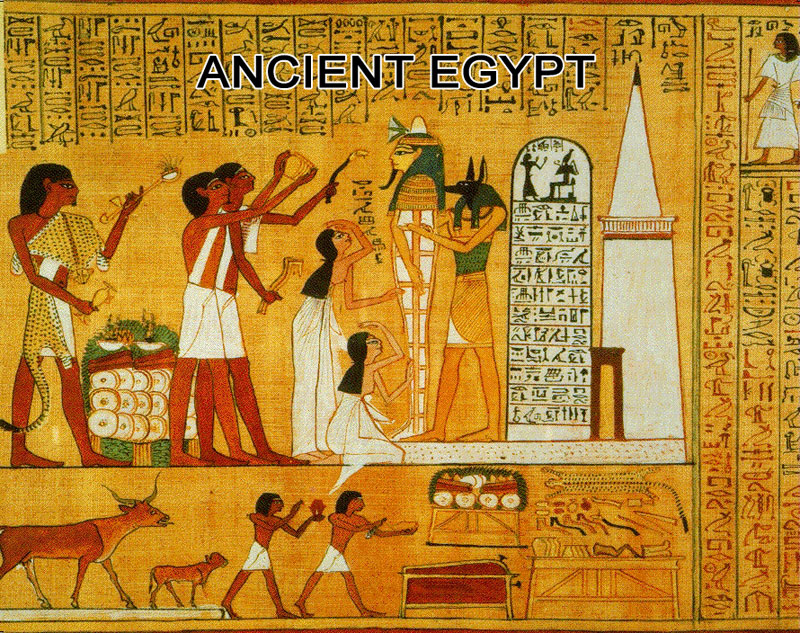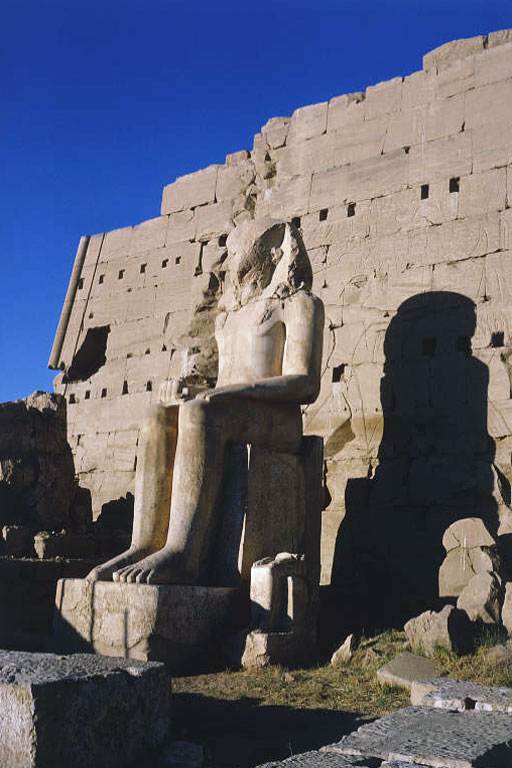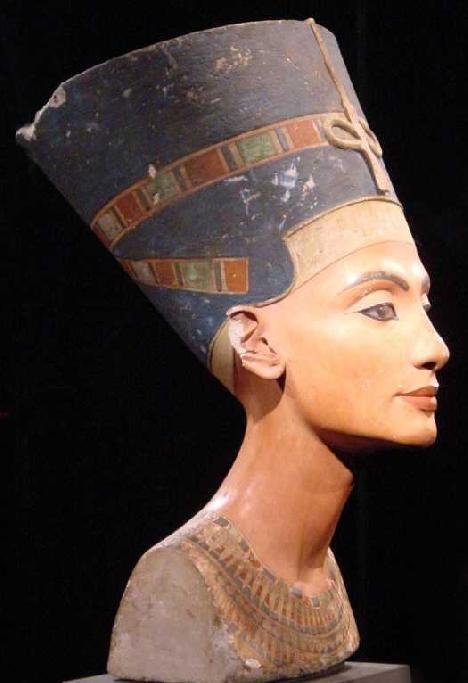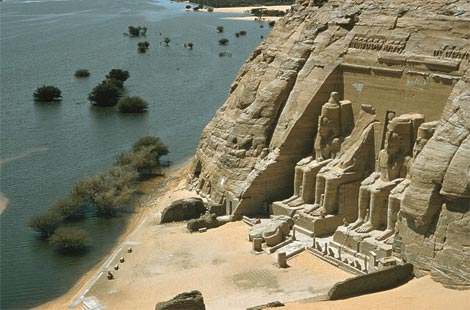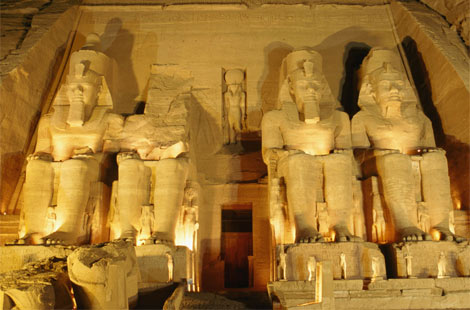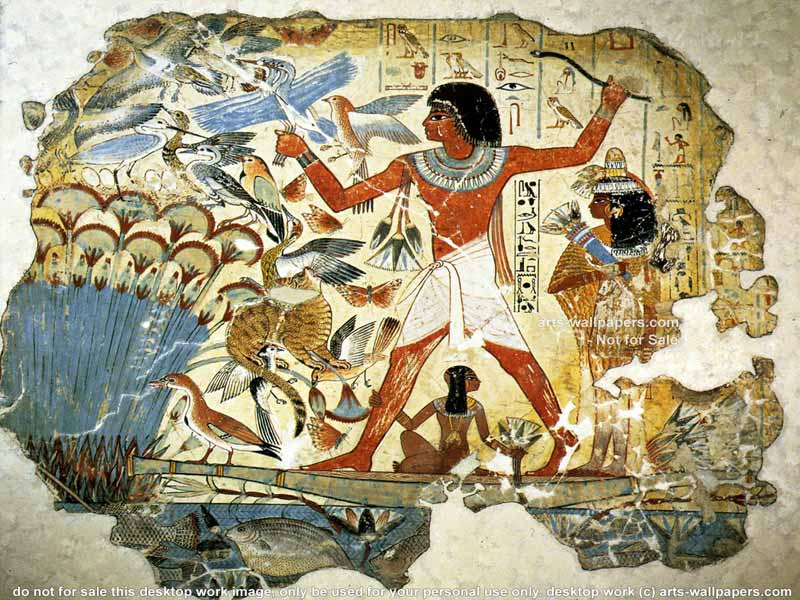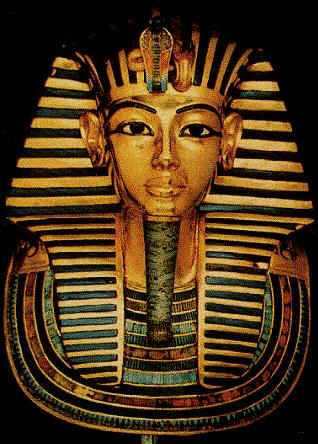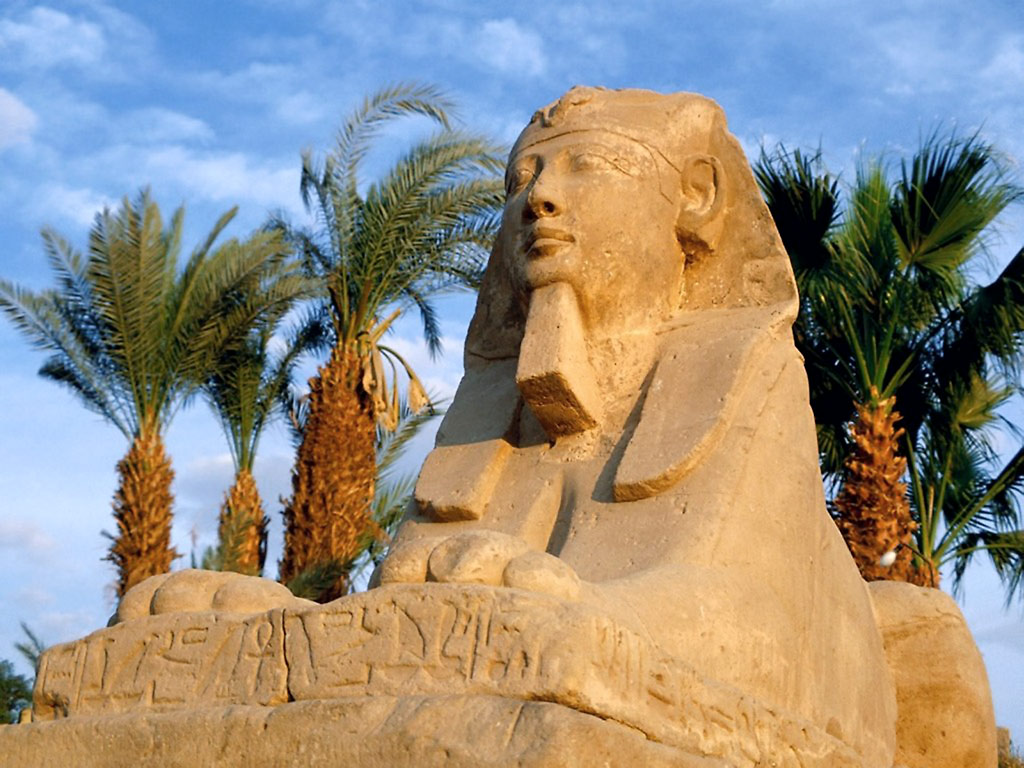Ancient Egypt: A Human-Centered Journey Through Its Legacy
Introduction
Ancient Egypt is more than a distant civilization it's a mirror reflecting how early societies understood life, death, power, and language. With monumental pyramids, rich mythology, and an elegant writing system, this civilization laid the foundation for much of what we admire in the modern world. Here, we explore core concepts like Egyptian hieroglyphs, powerful symbols, the Egyptian alphabet, and notable figures like pharaohs and Hatshepsut.
Table of Contents
Egyptian Hieroglyphs
Egyptian hieroglyphs represent one of the most iconic writing systems in history. Over millennia, scribes carved these symbols into temple walls, tombs, and papyri, using a complex mix of pictorial signs and phonetic characters.
Egyptian Hieroglyphs
Egyptian Symbols
Egyptian Alphabet
Egyptology
Ancient Egyptian art
Egyptian Mummies
Ancient Egyptian paintings
Egyptian Language
Ancient Egypt Pharaoh
Ancient Egyptian Alphabet
Ancient Egyptian language hieroglyphics
King Hatshepsut
Ptolemaic Empire
Ankh
Unlike purely alphabetic systems, hieroglyphs could function in multiple ways: a symbol might represent a sound (phonogram), a whole word, or even an abstract idea. This flexibility made hieroglyphs particularly powerful in religious texts, ritual inscriptions, and monumental architecture.
Egyptian Hieroglyphs
Egyptian Symbols
Egyptian Alphabet
Egyptology
Ancient Egyptian art
Egyptian Mummies
Ancient Egyptian paintings
Egyptian Language
Ancient Egypt Pharaoh
Ancient Egyptian Alphabet
Ancient Egyptian language hieroglyphics
King Hatshepsut
Ptolemaic Empire
Ankh
Egyptian Symbols
Symbols in Ancient Egypt held deep spiritual and political meaning. They were not just art they were language, theology, and identity. Some of the most well-known Egyptian symbols include:
- Ankh: the symbol of eternal life
- Eye of Horus: a protective emblem, signifying healing and wholeness
- Scarab: a representation of rebirth and transformation
- Djed Pillar: a sign of stability and endurance
Egyptian Alphabet
The Egyptian alphabet (uniliteral signs) allowed scribes to write efficiently with consonant symbols. This simpler alphabet complemented hieroglyphs and influenced later scripts such as Proto-Sinaitic.
Egyptology
Egyptology combines archaeology, linguistics, and art history. The Rosetta Stone deciphered by Champollion was pivotal in understanding hieroglyphs and Egyptian language. Modern Egyptologists use satellites, DNA, and 3D scanning to uncover ancient secrets.
Egyptian Hieroglyphs
Egyptian Symbols
Egyptian Alphabet
Egyptology
Ancient Egyptian art
Egyptian Mummies
Ancient Egyptian paintings
Egyptian Language
Ancient Egypt Pharaoh
Ancient Egyptian Alphabet
Ancient Egyptian language hieroglyphics
King Hatshepsut
Ptolemaic Empire
Ankh
Ancient Egyptian Art & Paintings
Art followed strict conventions: scale, color, posture, and placement were symbolic. Paintings and carvings served spiritual purposes, narrating life, gods, and the afterlife rather than focusing on realism.
Egyptian Language & Hieroglyphic Language
Spoken Egyptian evolved from Old Egyptian to Coptic. Middle Egyptian, often written in hieroglyphs, provides insights into religion, society, and culture.
Ancient Egypt Pharaohs
Pharaohs combined spiritual and political authority. They maintained order (ma’at), built temples, and ensured afterlife preparation through tombs and rituals.
King Hatshepsut
Hatshepsut, a female pharaoh, legitimized her rule through monumental architecture, peaceful governance, and trade, notably her expedition to the Land of Punt.
Ptolemaic Empire
Ptolemaic Egypt fused Greek and Egyptian culture. Cleopatra VII remains the most famous ruler, symbolizing the era's political and cultural blend.
Egyptian Mummies
Mummification preserved bodies for the afterlife and reveals historical insights into Egyptian religious practices, health, and technology.
Frequently Asked Questions
1. Why did Egyptians use hieroglyphs instead of a simpler alphabet?
Hieroglyphs allowed layered meaning: symbols could represent sounds, words, or ideas, ideal for religious and monumental inscriptions.
2. What is the difference between the Egyptian alphabet and hieroglyphs?
The Egyptian alphabet used single consonant signs for efficiency; hieroglyphs were symbolic and artistic.
3. How did Hatshepsut maintain power as a female pharaoh?
She adopted male royal imagery, built architectural projects, and strengthened trade and stability.
4. How did the Ptolemaic Empire influence Egyptian culture?
It blended Greek and Egyptian traditions in religion, governance, and art.
Conclusion
Ancient Egypt continues to inspire. From hieroglyphs and symbols to pharaohs and mummies, its legacy shapes human understanding. Explore more at Fantastic Egypt – Ancient Egypt Guide.
For more details about exploring ancient Egypt, visit the
official Egypt Tourism website.
Ancient Egypt




